Uncategorized
KEK! NEWS – No.1 in Ouderkerk
KEK! Bier – No.1 in Ouderkerk
From the day that the first beer was sold KEK! is showing off with the claim that KEK! is the first beer made in Ouderkerk. We never heard of a beer brewed in Ouderkerk before KEK! so without any further research we called KEK! Ouderkerks No1 beer. But is KEK! really the first? Hasn’t there been any brewery in the rich history of Ouderkerk aan de Amstel? Hasn’t there been anyone in beer-loving Ouderkerk who thought he could make a delicious beer as well? Someone who thought: What Mister Heineken is doing in Amsterdam, maybe we can do that over here as well? We decided to look into it, fossick the archives in search of any brewing history in historic Ouderkerk.
Where can you start a research like this better than in our own Ouderkerks historic museum? From the moment we walked in the enthusiastic mr. Bon started off with an amazing speed course on Ouderkerk history. We learned that the name Ouder- Amstel is incredibly old and comes from ‘Ame Stelle’ which means ‘place near the water’. At the time conditions where hard in Amstelland and not many people could manage to live in an area with so much water. Ouderkerk used to be the civic center of the area Amstelland, which covers the whole area around the Amstel River including current Amsterdam. The story goes that once the castle of ‘de Heren van Amstel’, the Lords of Amstel stood at the place of the present Portuguese Jewish cemetery ‘Beth Haim’. From this place the landlords started off with reclaiming the land, so it became possible to live in the swamp that the area still was. By digging out ditches the land started to dwindle, the reason why the Amstel River nowadays lies meters above the polder. 200 years after these first adventurers started to reclaim the land and conquer these wetlands people made their way to the area of present Amsterdam. A brief history of the area which simply states that without Ouderkerk aan de Amstel, Amsterdam probably had never existed.
The name Ouderkerk was first used in 1278 when another neighbor town Amstelveen built an own church. Ouderkerk which literally means ‘Older-Church’, got the name Ouderkerk aan de Amstel, ‘Older- Church along the Amstel River’.
Ouderkerk aan de Amstel, Amstelveen and Amsterdam all use a flag with ‘St. Andreaskruisen’, crosses named by the cross on which apostle St. Andreas must have been crucified. The stories about the crosses on these flags differ. So say the number of crosses are equal to the number of river crossings a town had. The black strokes in the flag would be a symbol of the river(s) in that town. In case of Ouderkerk aan de Amstel this would be the Bullewijk and Amstel River. We’ll like to see the five stars of Ouderkerk above all as value indication comparable with the Michelin stars. Belief whatever you like, fact is that Ouderkerk wears five crosses, Amstelveen four and Amsterdam only three.
Well! Now the beer!
In the museum they soon got us an old-fashioned card box with all historic professions of Ouderkerk’ residents in alphabetic order. We directly moved to the letter ‘B’ to search for beer or brewing. Not surprisingly people of Ouderkerk did all kinds of beer related jobs. There were lots of beer-traders, beer-resellers and even beer-tasters, who managed to make a job out of beertasting. Right next to the Amstelkerk used to be a place called bierbeschooierij, were they conducted beer from the city, settled the tax payments and sold the beer to local taverns, pubs and traditional pothouses. All very interesting, but still no sign of any local breweries in those days.
To answer our question we asked for help at the Noord- Hollands archive in Haarlem. The provincial archive is doing major research on the subject of brewing industry in the Noord- Holland area so this institute should be the best starting point for our own little research. After the Heren van Amstel reclaimed the polders in Amstelland and it became possible to live in the area that used to be a big swamp Amsterdam started to grow rapidly into a big city. The bigger cities accomplished to earn certain privileges in order to protect the city’s economy. It became prohibited to perform certain industries in the countryside. Because of this rule it became formally prohibited to start a brewery in a small village like Ouderkerk aan de Amstel. Especially so close to the city, Amsterdam would have never allowed a brewery in their vicinity. This makes it clear that, besides people that brewed beer for own consumption, it is not possible that any brewing existed in Ouderkerk till at least 1795. This also explains the high number of beertraders, resellers and ‘bierbeschooierijen’ we found in the card box in the historic museum of Ouderkerk. Beer was the peoples drink at that time and the inhabitants of Ouderkerk were dependent for their daily consumption on the beertraders who bought the beer in Amsterdam, or other city’s with a rich brewing tradition like Haarlem or Gouda. In the archives there is no sign of any citizen in Ouderkerk who started to brew after 1795, until 2015, the year that KEK! Released his first beer!
We proclaim it for quite a long time now, but after an interesting research in Ouderkerk’s brewing history, we can now convincingly affirm that KEK! Is officially the first beer in Ouderkerk aan de Amstel. And oh yes, that’s makes us proud: KEK! Ouderkerk’s No.1!

